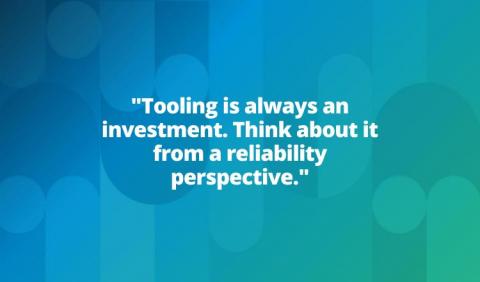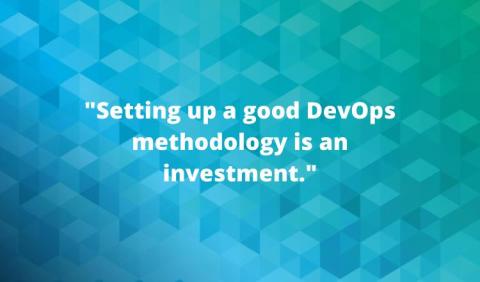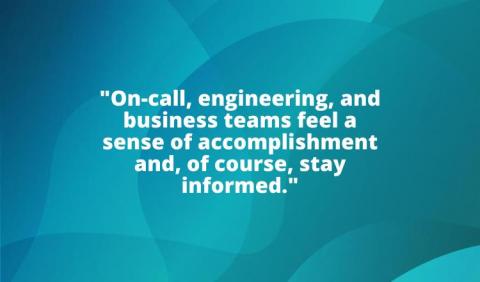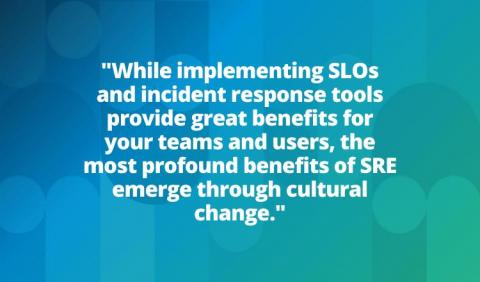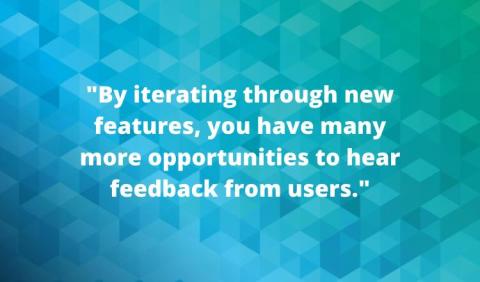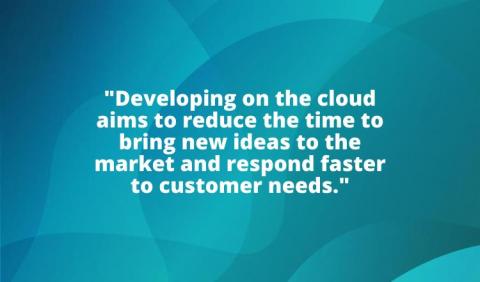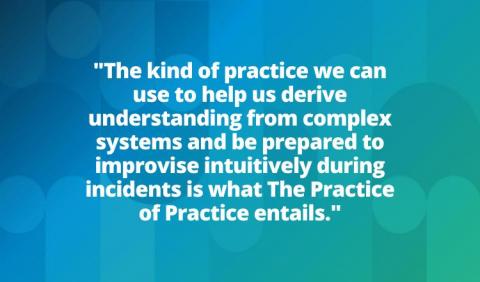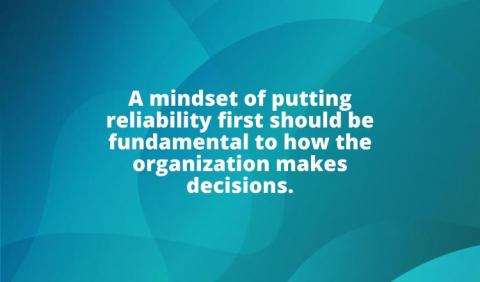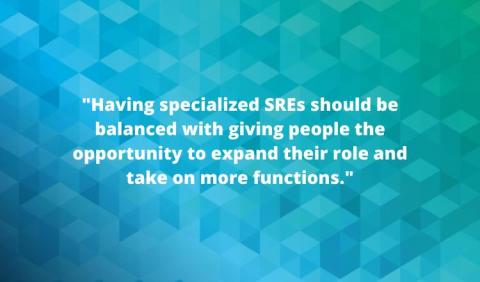Operations | Monitoring | ITSM | DevOps | Cloud
January 2022
Analyzing SRE Job Postings - From Amazon to Microsoft
An analysis of SRE job descriptions from 4 companies highlights what businesses actually expect SREs to do.
Cloud Technology Adoption Trends
In the second half of 2021, eG Innovations partnered with the DevOps Institute to conduct an online survey of more than 900+ individuals from Sys Admin, DevOps, SREs, and other IT backgrounds. We asked questions about: Some of the results included: You can download the full survey results here: Cloud Technology Adoption Trends | eG Innovations If surveys and statistics on technology adoption are of interest, we have some other recent ones available, conducted in the last 12 months,.
DevOps Methodology | Goals, Principles & Process
Five Ways Developers Can Help SREs
Reliability is a team game. More the collaboration between Developers and SREs, greater will be the success of the product. In this blog, we have listed down the five best practices that developers can adopt, to make the SRE's life easier. It is not easy to be a site reliability engineer. Monitoring system infrastructure and aligning them with the key reliability metrics is quite a daunting task. Whereas, a software engineer's job is to deliver high-quality software.
Introducing CommsFlow for Context-Rich and Timely Updates to All Stakeholders
A Primer on the History and Evolution of Incident Management to Today
Many of the concepts SREs take for granted about incident management originated with efforts to fight fires in California in the 1970s.
The Business Case for Observability and Site Reliability Engineering
Unlike traditional IT Ops, the role of the SRE isn’t simply focused on finding and solving technical problems. The big win for today’s SREs is supporting the organization’s strategic innovation initiatives. With the appropriate observability capabilities, it’s possible to quantify the value that software infrastructure contributes to this innovation effort.
Why SRE Benefits Your Organization's Teams & Your Customers
Implementing SRE at the largest online retailer of NL and Belgium w/ Bart Enkelaar (bol.com) | EP #5
Top 5 Incidents and Outages of 2021
An overview of major IT incidents and outages in 2021
Canary Deployments | The Benefits of an Iterative Approach
Cloud-Native Development (Everything You Need to Know)
The Importance of Observability for the SRE
The term Site Reliability Engineer (SRE) first appeared in Google in the early 2000s. In Google’s 2016 SRE Book, Benjamin Treynor Sloss wrote that, generally speaking, “an SRE team is responsible for the availability, latency, performance, efficiency, change management, monitoring, emergency response, and capacity planning of their service(s).” This means that the SRE teams at Google decide how a system should run in production as well as how to make it run that way.
What Log4j Vulnerability Means for SREs?
A summary of the Log4j vulnerability, and key takeaways for SREs.


